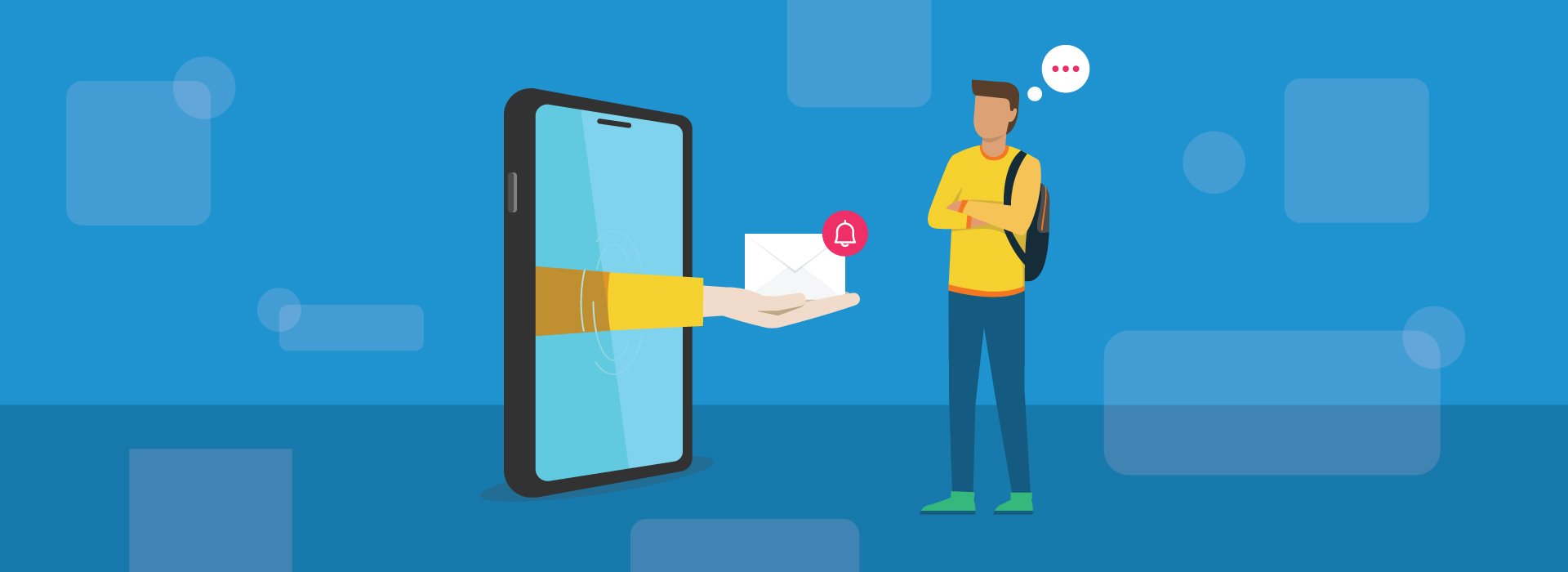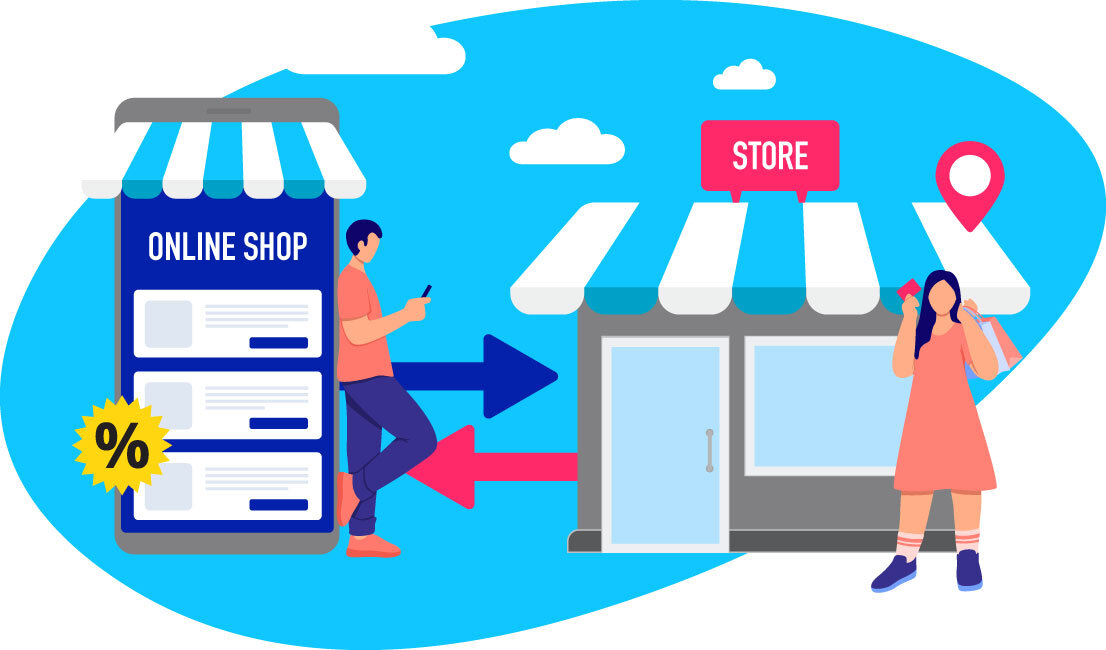5 min read
Did you know that the average person has 80+ apps installed on their phone? Brad is your typical college student. He has an iPhone and has a number of social media, dating and random apps on his phone. Almost every day, he gets push notifications that he never clicks into from apps he barely remembers downloading. What annoys Brad the most is when he hears his phone ding, and instead of a text from his crush, it is yet another reminder about a promotion for a product he does not need.
According to statistics published by the Business of Apps, smartphone users in the US receive on average 46 app push notifications a day. For these notifications received, the reaction rate from users is 4.6% and 3.4% for Android and iOS devices, respectively. In other words, the chances that users are getting your push notifications and ignoring them are very, very high. To fight the odds, here is how to make sure your push notifications are effective instead of just plain annoying.
1. Personalized content catches more eyes
Personalization can increase reaction rate to push notifications by fourfold . A notification that begins with “Hi Brad” will get more of a reaction from Brad than one that goes “Dear valued customer". These personalized greetings are only a small part of personalized content. True personalization comes in tone and diction of the push notification as well as whatever product or article recommendation is included.
The Appier Advantage:
Appier’s customer engagement platform AIQUA does personalization like no other. For push notifications, AIQUA takes into account what Brad has been reading and looking at on either the app or the corresponding website using both natural language processing and collaborative filtering technology. Every push notification is tailored to what Brad likes and will find interesting.
2. Timely notifications get more reads
The same Business of Apps research found that Tuesday is the best day of the week for push notifications to get a higher rate of reaction from users. In fact, the best practice with scheduling notifications is to take into account a user’s time zone. For instance, Brad lives in Boston, which is on the east coast of the US. There is a 12-hour difference, most of the time, between Boston and East Asia, and a five to six hour difference between Boston and western Europe. So if you are a non-US based business, make sure you are sending your notifications when Brad is awake.
On the issue of time, there has been a lot of research done on what time of the day users are most receptive to push notifications. While there is no one magic time that works for all businesses, there is a consensus on what works based on industry and on user profile. Brad is a college student, which according to research means he is most likely to be receptive at night time between 7pm and 2am.
The Appier Advantage:
AIQUA has a “send time optimization” feature that allows businesses to push out notifications based on the online activities of each particular user. Businesses will be able to send out push notifications at the optimal time per user, when they are most likely to be active on their phones and reactive to the notifications.
3. Actionable triggers snag more customers
When Brad receives a push notification from an app he often uses, he will click into it without much thought. However, if he gets one from a gaming app that he has not played in a while, a call-to-action is what will get him to react. Make it clear why Brad should click on the notification: remind him that he has not cleared the current level of the game he is on or tell him about the 24-hour promotion you are running where he gets to level up in the game for free.
The Appier Advantage:
AIQUA, with the help of Appier’s other AI-powered solutions, knows what your users are interested in. When you apply AIQUA to your gaming app, for instance, it knows how long Brad has been inactive and the right way to bring him back to the game.
4. Alignment ensures more engagement
As businesses develop more channels to engage with customers, a challenge they all face is making sure that the content and experience a user sees and has on one channel seamlessly flows to the next. If Brad was on your website looking for the newest sneakers, he would want to see them on your app and even get messages about it from your company’s account on Instagram or Facebook. Make sure all these are aligned and take stock of activities on all these channels so that when you do send out a notification, it is something that will captivate Brad.
The Appier Advantage:
The synergy Appier has developed between two of its products, AIQUA and BotBonnie, a conversational marketing platform, allows marketers to get both structured and unstructured data from their own web and app as well as messaging apps, respectively. This wealth of data allows you to better tailor a push notification for Brad to make sure that the personalized content resonates with what is going on in Brad’s mind right now: shopping for shoes.
5. Minimal notifications foster goodwill
Going back to what we wrote in the beginning of this post, push notifications are annoying. No matter how personalized, engaging or even entertaining, they can rarely compete with a party invite from a friend or good news from a family member. So, the rule of thumb should be to keep push notifications to a minimum. The more times you send out a push notification that a user finds unnecessary, the more likely your notifications will end up being blocked.
The Appier Advantage:
With the AIQUA-BotBonnie synergy, you as the marketer know when Brad has already converted. If Brad has clicked on something you wanted him to on your website, do not show it to him on your app, and definitely do not send him a push notification about it. This holistic view of the user journey allows you to know when they make each decision so no redundant push notification will be sent out.
* Do you know how to make more effective push notifications now? Learn more about how Appier can help now.



